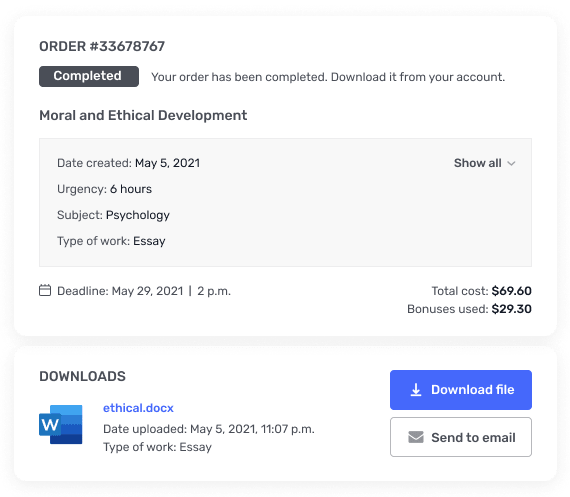MARRIAGE AND THE NON-TRADITIONAL RELATIONSHIPS
Running head: MARRIAGE AND THE NON-TRADITIONAL RELATIONSHIPSMarriage and the non-traditional relationshipsNameInstitution1MARRIAGE AND THE NON-TRADITIONAL RELATIONSHIP2In the ancient of days, the state used to have little say or control over whom a personmarries. This is because marriage was considered a private contract entered between two personsof different families (Archuleta, 2011). The validity of the union was confirmed by the parents’approval of the relationship but not that of the church or the state. Christianity also played asignificant role in determining the validity of marriage as based on the wishes and desires of thecouples. The Catholic Church also provided a leeway for those persons claiming to haveexchanged marital vows even in privacy.In 1215, the church issued a decree that a legitimate marriage was that only conducted inchurch. However, the people who married in an illicit manner were accorded the same rights,privileges, and obligations as those who had married in church. The children of “illicitmarriages” were as legitimate as of the licit marriages. The wife also had the same inheritancerights and the couple was subjected to similar prohibitions against divorce in the same manner astheir counterparts.Things took a different turn in the 16th century when the law required that marriages wereto be conducted under legal auspices. European states supposedly adopted this requirement as ameans of frustrating the union of young adults whose relationship was not well received by theirparents. In the 1920s, 38 states illegalized marriages between whites and blacks, Mongolians,Chinese, Japanese, Indians and mulattos. During this time, 12 states declined to offer marriagelicenses if either of the partners was drunk or had mental defects. Another 18 states had barriersthat made it difficult for divorcees to remarry.During mid 20th century, governments starting drifting away from the issue of decidingthe person fit to marry or those unfit for marriage. The judicial system invalidated the interracialmarriage laws, pulled down other barriers, and went to the extent of extending marriage rights toMARRIAGE AND THE NON-TRADITIONAL RELATIONSHIP3those in prison. Governments mainly as a way of distributing resources to dependents usedmarriage licenses. Hospitals made the license a mandatory requirement before a partner couldaccess the medical information of the better half. The courts also used the marriage licenses as arequirement before allowing the partners to inherit property belonging to their deceased partners.For these reasons, single parenthood and cohabitation were very rare occurrences.However, in the present era, a marriage license does not tell much about the interpersonalresponsibilities between different people. According to Archuleta (2011), half of the Americanswith ages between 25 and 29 are classified as unmarried, despite the fact that many of them havealready incurred obligation as either parents or partners. Further findings show that nearly 40%of the American children are born of unmarried parents.In conclusion, it is impractical for governments to use marriage licenses as a way ofprotecting interpersonal responsibilities. The society has been turned into a place where childrenreceive inheritance even if the parents are not marred. Similarly, people receive legal standingsand parental support even without the existence of a marriage license. This license thus cannot beused to decide on what rights and adult obligation deserve to be protected by the state. Thechurch therefore needs to be entrusted with the responsibility of deciding the licit and the illicitmarriages.MARRIAGE AND THE NON-TRADITIONAL RELATIONSHIPReferencesArchuleta, R. C. (2011). Illicit american: A true story about the smuggling of human cargo. S.l.:Authorhouse.4




